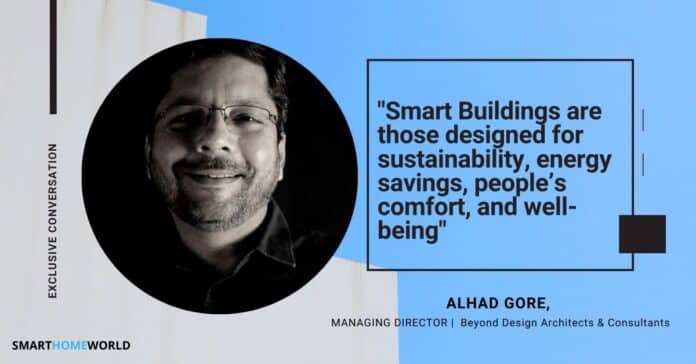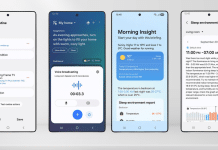
Smart Buildings are those designed for sustainability, energy savings, people’s comfort and well-being. Also, these optimise usage without harming mother earth and its habitants. Supporting the above statement, Ar. Alhad Gore, Managing Partner, Beyond Design, adds, “Technology is a major contributor in the process”.
What are the challenges you face while integrating a building
management system or redesigning a normal building into a smart one?
Upgradation of existing plants/equipment is the main challenge that is normally faced in such projects. Apart from that there remain softer challenges such as the up-gradation of soft skills for technical staff and changing people’s mindset.
What are the latest innovations in the smart-building segment?
While there are many, I think the most innovative is coming from HVAC and IT industry. UFAD and radiant cooling are some examples that I would like to highlight here.
Do you think Smart buildings are economically sustainable? Why?
It completely depends on every organisation to decide the level of “ smart “ they want to go to. Sometimes, it’s overdone and it rather gets into a category of “ technology for the sake of it “.
Do Smart Buildings increase productivity?
I believe yes it does.
How do you foresee the growth of the smart-buildings-sector 5-8 years down the line?
There is huge potential in this sector. Currently, a lot of organisations aspire to be there, but some costs are prohibitive. However, as a natural rule of demand-supply, once the demand goes up, the costs are expected to come down and make it affordable for every client.















